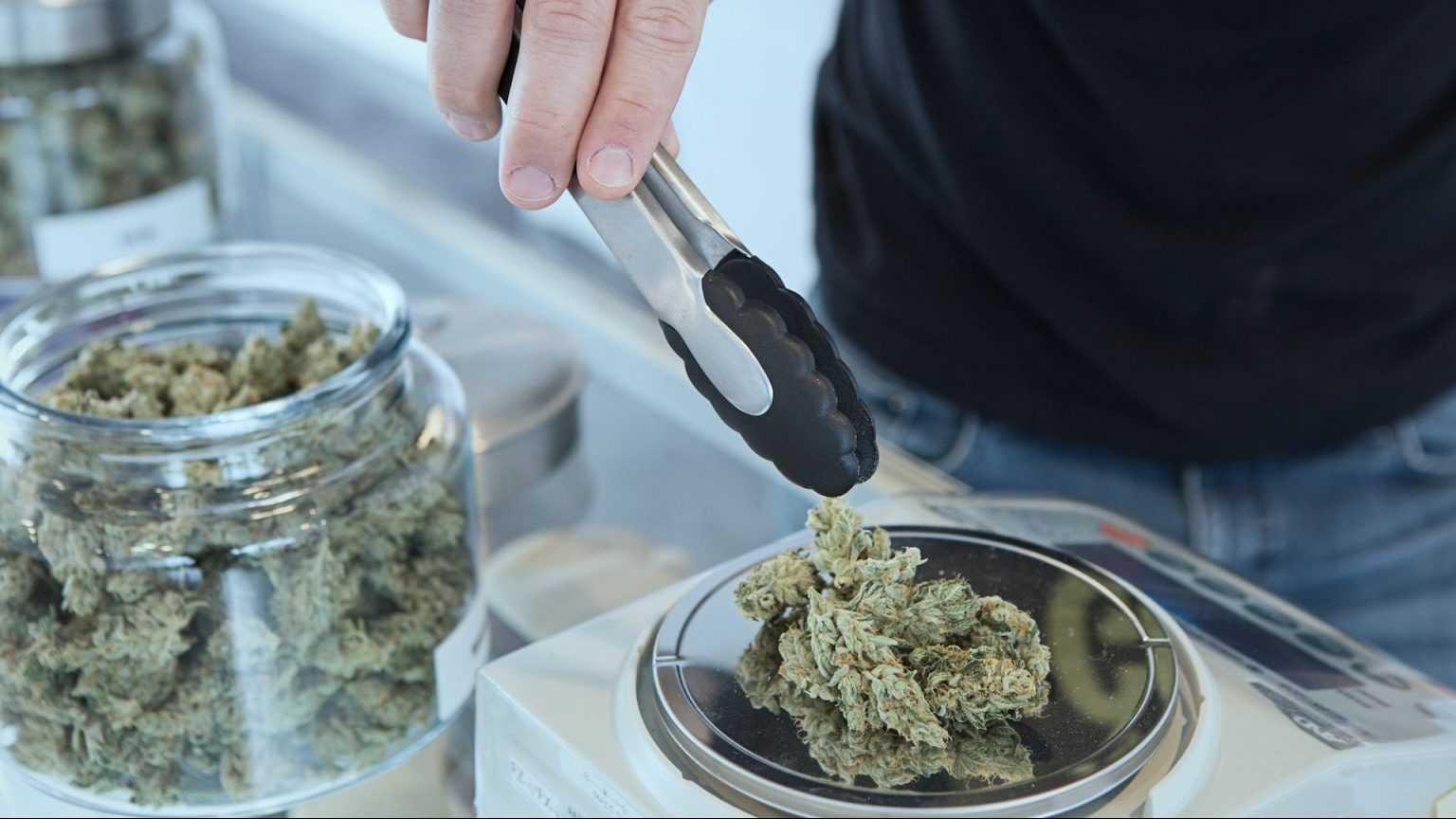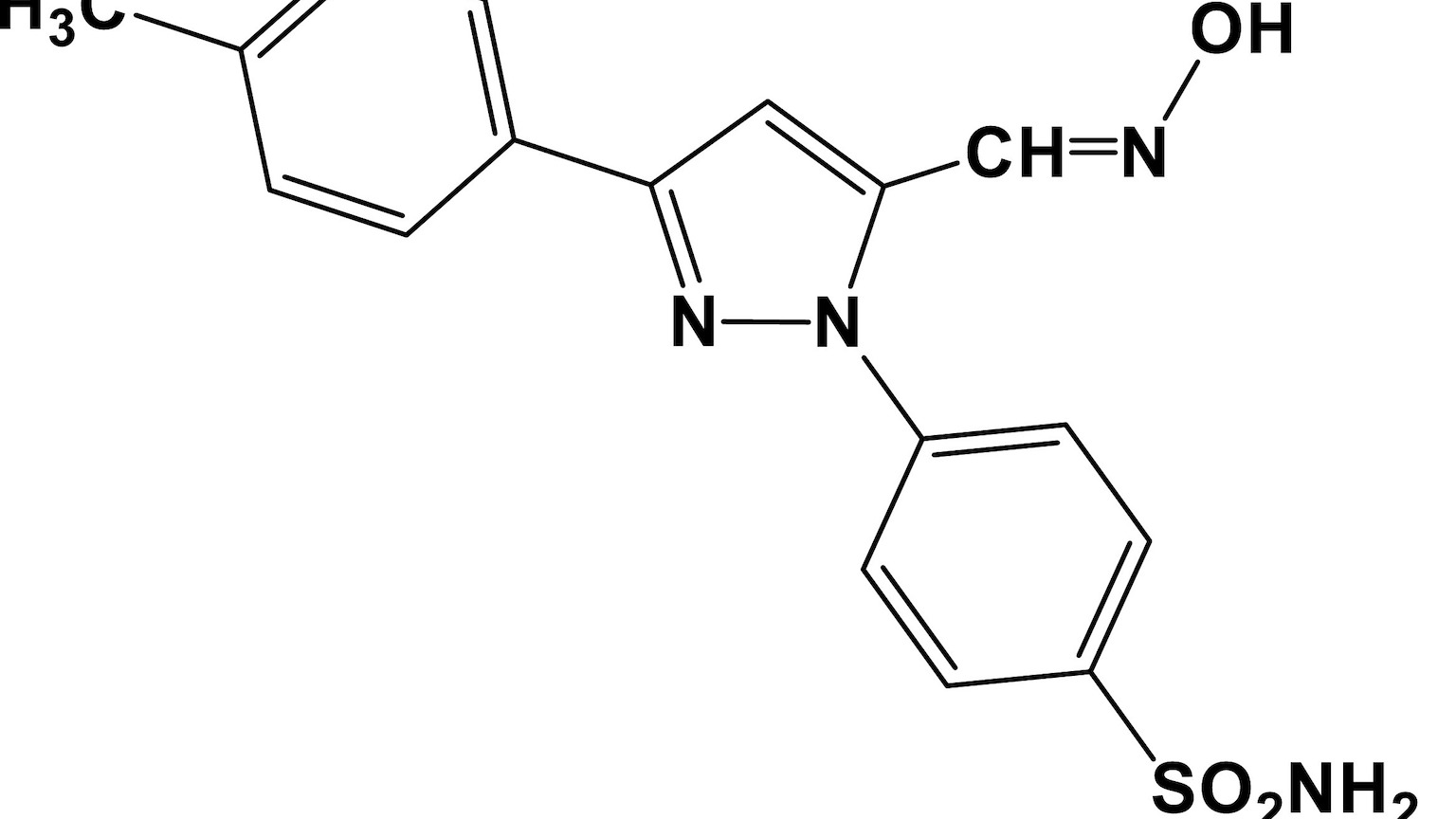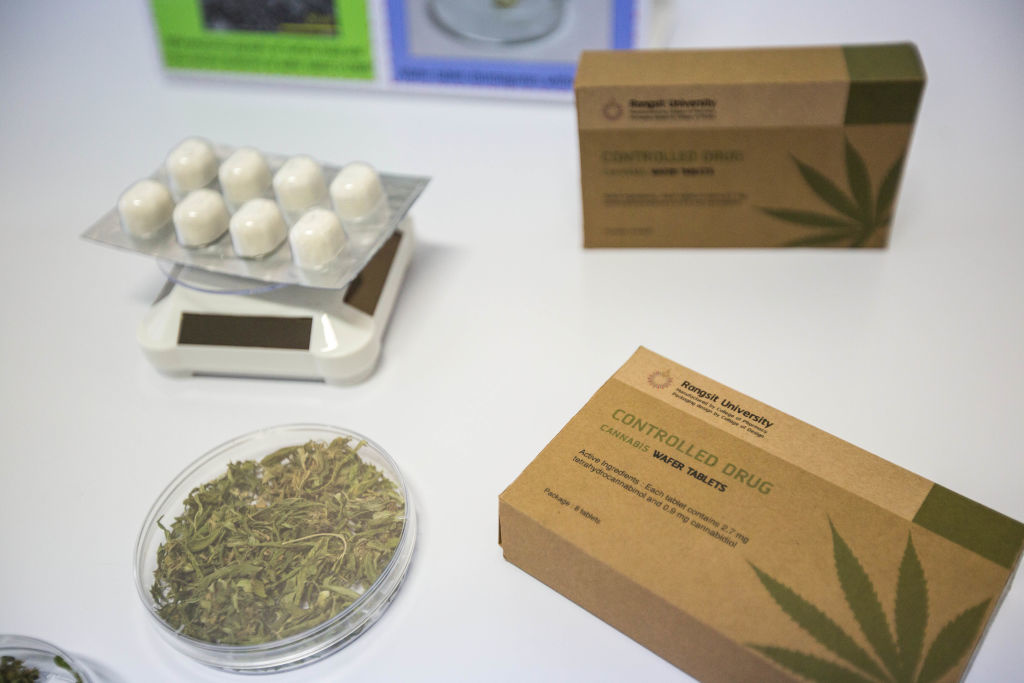As Opioid Deaths Soar, the DEA Stifles Alternate Remedies

Despite the well-known toxic effects of tobacco, romanticizing cigarettes is not uncommon. There was hardly a scene in Mad Men without someone lighting up. Iconic black-and-white photos depict revered figures—Sartre, Monroe, Hepburn, Dean—with cig in mouth, modeling or contemplating or pontificating, or all three. For a number of smokers, the ritual is hardest to give up.
There is no ritual with opioids, no lasting photos of celebrities popping pills. That hasn’t stopped Americans from treating them like candy. Over the decades most have chosen health over nicotine. Not so with painkillers. A new study by the Substance Abuse and Mental Health Services Administration confirms that opioid usage is higher than all forms of tobacco: cigarettes, cigars, and smokeless tobacco.
When factoring in illegal usage, some 38 percent of American adults ingest opioids. Statistics regarding street use are always difficult to quantify, but even the prescription rate of 35 percent means more than one of three seek pharmaceutical pain relief. While a certain percentage warrants it, this stark assessment of pill circulation is clearly a sign of addiction.
The tobacco industry relied—relies—on exploiting neurochemical patterns. Beginning in 1953 a connection between cigarettes and lung cancer was being made. Instead of being honest with emerging research, industry heads and lobbyists “would work to erode, confuse, and condemn the very science that now threatened to destroy its prized, highly popular, and exclusive product.” Thus commenced the most aggressive and insidious marketing campaign of the twentieth century.
Americans face a similar crisis. In 2014 19,000 citizens died from prescription painkillers, over 3,000 more than by homicide. Firearms reformers are everywhere, demanding stricter legislation on purchasing abilities and design, persistent in the face of a wealthy and well-connected lobby. By contrast, anti-opioid groups are nearly non-existent. That’s little surprise as they’re outspent by pro-painkiller groups two hundred to one.
This trend toward constant pain relief exists, in part, because Americans love to feel good—avoid pain at all costs. One study from 2008 found that 80 percent of opioids worldwide are consumed here, including a stunning 99 percent of hydrocodone. Painkiller lobbies argue that 40 percent of Americans suffer from “chronic pain”—an unbelievable number, as in, don’t believe such a statistic. Only an industry that made $9.6 billion in 2015 could dream up such rubbish. The more people in pain, the more that number increases.
Capitalism and medicine simply do not mix. It can be argued that people need to not run to the medicine cabinet every time a headache or back twinge occurs. Americans need to think preventatively, not only reactionary: core conditioning and better postural habits for back pain; less screen time for headaches. This is obviously a generalization; how our body interacts with our environment is unique to each individual. Given that the average doctor visit is just seven minutes, however, there is little more to do than listen to complaints then jot down a prescription. If your doctor hands you a note, most likely you’ll fill the bottle.
Governmental intervention is nearly impossible given lobbies. Legislators turn a blind eye to research. Studies show that where medical marijuana usage goes up, opioid dependency heads south. Still, marijuana remains listed as Schedule One, stating that there are no medical benefits—a laughable claim.
Proving just how broken (or deaf) the DEA is, another plant with promising results for pain relief is about to achieve Schedule One status. Kratom (mitragyna speciosa) has been widely used in Southeast Asia for pain relief and recreationally, given its khat-like boost. The plant is not without potential side effects, from sleep troubles to liver toxicity, but in limited quantities results thus far are exciting.
Opioids have diminishing returns, which is why people get addicted. As effects wear off you’re stuck needing more to achieve like results. Not so with kratom. Whereas morphine loses its painkilling effects after five days, studies on mice have shown kratom to be effective after thirty days, with less damaging side effects than pharmaceuticals on the market today.
Yet the DEA is about to squash research. One press release cites fifteen deaths over a three-year period. Since 2000, 165,000 Americans have died from prescription drugs. While math is not my strong suit, I’m pretty certain that’s more than five deaths per years.
Along with New Zealand, America is the only country that can legally advertise pharmaceuticals directly to the public. This noxious mixture of marketing and healing created all sorts of misinformation, from the reactionary and uninformed anti-vaccine movement to this epidemic of opioid abuse. Shouts of personal responsibility fall deaf on ears inundated with advertising disguised as science.
How many deaths from supposed remedies must we suffer before a change is made? That is uncertain, but what is not is the relative increase in deaths as profits soar. Once pharmaceutical corporations enter the funerary business the cycle will be complete.
—
Derek Beres is working on his new book, Whole Motion: Training Your Brain and Body For Optimal Health (Carrel/Skyhorse, Spring 2017). He is based in Los Angeles. Stay in touch on Facebook and Twitter.





